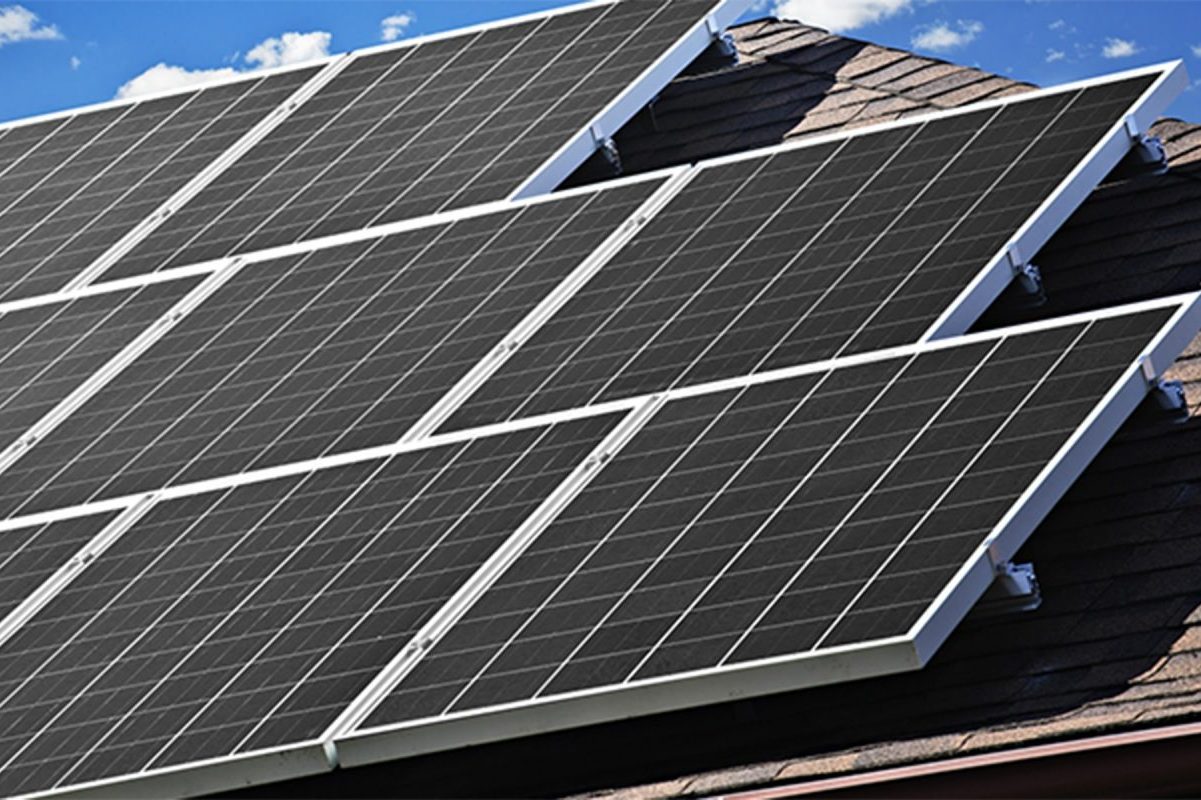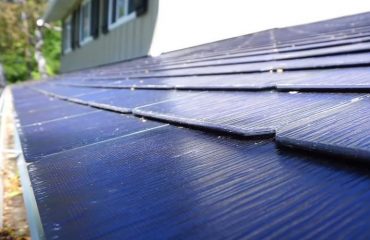Harness the power of the sun and revolutionize your home with seamless solar panel integration. By strategically designing a solar home system design, you can optimize energy efficiency, reduce utility bills, and create a sustainable living environment. Embrace cutting-edge smart home technology to effortlessly monitor and manage your solar energy production, maximizing the benefits of renewable power. Discover how to assess your energy needs, select the right equipment, and automate your home’s energy management, unlocking a brighter, greener future for you and your family.
Assess Your Energy Needs and Solar Potential
Before diving into integrating solar panels with your smart home, it’s crucial to assess your energy needs and solar potential. Start by reviewing your electricity bills from the past year to determine your average monthly consumption. This will give you a baseline for sizing your solar panel system. Next, evaluate your home’s solar potential by considering factors such as roof orientation, shading, and available space for panels.
Online tools like Google’s Project Sunroof can help you estimate your home’s solar potential by analyzing satellite imagery and weather data. Simply enter your address, and the tool will provide an estimate of the amount of sunlight your roof receives and the potential energy savings from installing solar panels.
It’s also wise to consult with a professional solar installer who can conduct a thorough assessment of your home’s energy needs and solar potential. They can take into account factors like your home’s energy efficiency, local climate, and any plans for future upgrades or additions. A professional can also help you navigate the various incentives and financing options available for solar installations.
When assessing your energy needs, consider any plans to add new appliances or electric vehicles that may increase your consumption. Also, think about your long-term goals for energy independence and sustainability. By carefully evaluating your energy requirements and solar potential upfront, you can ensure that your solar panel system is optimally sized and positioned to maximize your energy savings and environmental benefits.

Choose the Right Solar Panels and Inverters
Monocrystalline vs. Polycrystalline Panels
When choosing solar panels for your smart home, you’ll typically encounter two main types: monocrystalline and polycrystalline panels. Monocrystalline panels are made from a single, continuous crystal of silicon, resulting in higher efficiency and better performance in low-light conditions. They also have a sleeker, more uniform appearance. On the other hand, polycrystalline panels are composed of multiple silicon fragments melted together, making them less efficient but more affordable. Both types of solar panels can be effectively integrated with smart home systems, but monocrystalline panels may be more suitable for homes with limited roof space or those in regions with less sunlight. Ultimately, the choice between monocrystalline and polycrystalline panels depends on your specific needs, budget, and aesthetic preferences.

Micro-Inverters vs. String Inverters
When integrating solar panels with your smart home, choosing the right inverter is crucial. Micro-inverters and string inverters are the two main inverter types available. Micro-inverters are installed on each individual solar panel, allowing for panel-level monitoring and optimization. They are ideal for homes with partial shading or complex roof layouts, as they minimize the impact of shading on overall system performance. However, micro-inverters are typically more expensive upfront. String inverters, on the other hand, are centralized units that handle multiple solar panels. They are generally more affordable and easier to maintain but may not perform as well in shaded conditions. Both inverter types can be integrated with smart home systems, enabling remote monitoring, energy consumption tracking, and automated energy management. Consider your specific needs, budget, and home layout when selecting the best inverter for your smart home solar setup.
Integrate Solar Panels with Your Smart Home Hub
Integrating your solar panels with a smart home hub like Samsung SmartThings, Amazon Alexa, or Google Home can unlock a new level of energy management and convenience. To get started, ensure that your solar inverter is compatible with your chosen smart home platform. Many modern inverters come with built-in Wi-Fi or Ethernet connectivity, making integration seamless.
First, download the appropriate app for your smart home hub and create an account if you haven’t already. Then, follow the app’s instructions to add your solar inverter as a new device. This process typically involves entering your inverter’s IP address or scanning a QR code.
Once connected, you can monitor your solar energy production, consumption, and battery storage levels directly from your smart home app. Set up personalized alerts to notify you of any changes in your system’s performance or when your energy usage exceeds a certain threshold.
Next, explore the various automations and routines available through your smart home hub. For example, you can create a rule that automatically turns on your smart appliances, such as washing machines or dishwashers, when your solar panels are generating excess energy. This optimization helps you make the most of your renewable energy and potentially reduces your reliance on the grid during peak hours.
Additionally, consider integrating smart thermostats, smart lights, and smart plugs with your solar-powered system. By setting up schedules and routines that align with your solar energy production, you can further optimize your energy usage and minimize waste.
As you dive deeper into the possibilities of solar integration with your smart home, keep an eye out for new features and updates from your chosen platform. Regularly review your energy data and make adjustments to your automations as needed to ensure you’re maximizing the benefits of your solar investment while maintaining a comfortable and efficient home.

Set Up Smart Energy Monitoring and Management
Setting up smart energy monitoring and management is a crucial step in optimizing your solar panel system’s performance and maximizing energy efficiency. Start by installing smart meters or energy monitoring devices that can track your solar production, consumption, and battery storage levels in real-time. These devices communicate with smart energy monitoring apps, allowing you to access detailed insights and control your energy usage from your smartphone or tablet.
Once your monitoring system is in place, configure your apps to display key metrics such as daily solar generation, energy consumption by appliance, and battery charge status. Set up alerts to notify you of any unusual spikes in energy use or when your battery reaches critical levels. Many apps also offer customizable dashboards, so you can prioritize the data that matters most to you.
To optimize your energy use based on these insights, consider implementing smart scheduling for your appliances. For example, set your washing machine or dishwasher to run during peak sunlight hours when your solar panels are generating the most power. If you have a home battery system, configure it to store excess solar energy during the day and discharge it during peak evening hours when utility rates are highest.
Smart energy monitoring apps can also help you identify energy-hungry appliances or devices that may need replacing with more efficient models. By tracking your consumption patterns over time, you can pinpoint areas where you can reduce waste and save money on your energy bills.
Remember, the key to successful smart energy management is consistency and adaptability. Regularly review your monitoring data, adjust your settings as needed, and stay open to new technologies or strategies that can further enhance your solar panel system’s performance. With a well-configured smart monitoring setup, you’ll be well on your way to achieving a more sustainable, energy-efficient home.
Automate Your Solar-Powered Smart Home
Automating your solar-powered smart home can take energy efficiency and cost savings to the next level. By leveraging advanced automation scenarios, you can optimize appliance usage based on solar production, weather forecasts, and utility rates. Smart home platforms like Samsung SmartThings, Google Home, and Amazon Alexa offer powerful automation tools that seamlessly integrate with your solar panel system and smart appliances.
For example, you can set up automations that prioritize running energy-intensive appliances, such as washing machines, dishwashers, and electric vehicle chargers, during peak sunlight hours when your solar panels are generating the most electricity. This ensures that you maximize the use of clean, free energy while minimizing reliance on the grid during expensive peak hours.
Additionally, by integrating weather forecast data into your smart home system, you can proactively adjust energy consumption based on predicted solar production. If the forecast calls for a cloudy day, your smart home can automatically reduce non-essential energy usage to conserve power. Conversely, on sunny days, your system can optimize appliance schedules to make the most of the abundant solar energy.
Another advanced automation scenario involves monitoring real-time utility rates and dynamically adjusting energy consumption accordingly. Some utilities offer time-of-use pricing, where electricity rates vary throughout the day based on demand. By setting up automations that respond to these price fluctuations, you can shift energy-intensive tasks to off-peak hours when rates are lower, further reducing your energy bills.
To implement these automations, start by connecting your solar inverter and smart meter to your chosen smart home platform. Most platforms offer user-friendly interfaces and pre-built integrations that simplify the setup process. Next, create custom automations using the platform’s built-in tools or by leveraging third-party apps and services like IFTTT (If This Then That).
For instance, using Samsung SmartThings, you can create an automation that triggers your smart washing machine to start a cycle when your solar panels are producing excess energy. Similarly, with Google Home, you can set up a routine that adjusts your smart thermostat based on the day’s forecasted solar production.
By embracing advanced automation scenarios, you can transform your solar-powered smart home into an intelligent, eco-friendly haven that optimizes energy usage, reduces costs, and contributes to a more sustainable future.
Conclusion
Integrating solar panels with your smart home offers a powerful combination of sustainable energy and intelligent automation. By harnessing the sun’s energy and optimizing your consumption through smart devices, you can significantly reduce your carbon footprint and save money on utility bills. With the right setup, your smart home will efficiently manage energy generation and usage, ensuring maximum benefits for both the environment and your wallet.
Take the first step towards a greener, smarter home by assessing your energy needs and exploring the available solar panel and smart home integration options. As you embark on this journey, remember that every small change contributes to a more sustainable future. By adopting solar energy and smart technology, you not only benefit yourself but also set an example for others to follow.
For more information and guidance on integrating solar panels with your smart home, consult with local solar installers, smart home experts, and online resources dedicated to sustainable living.









